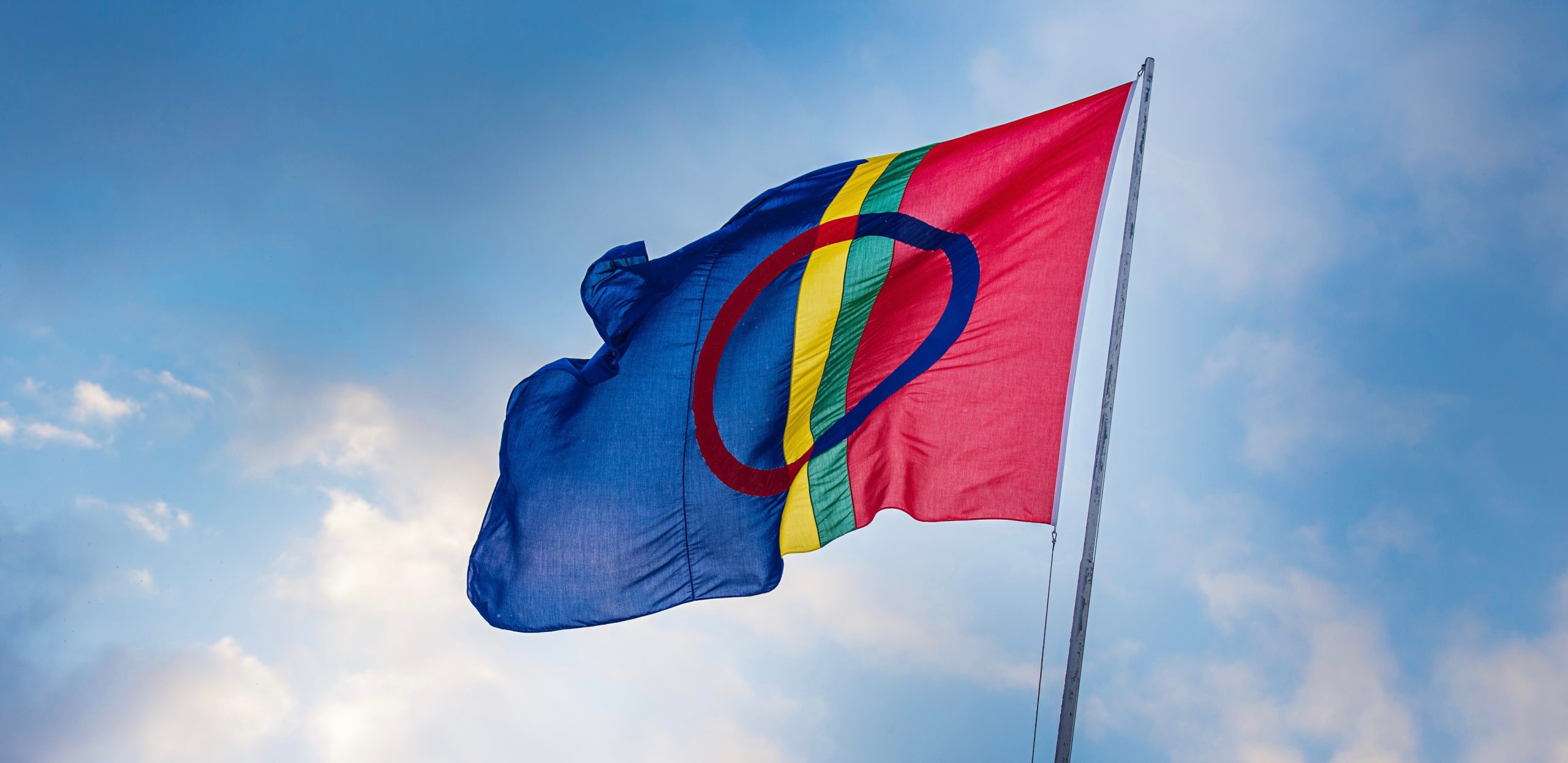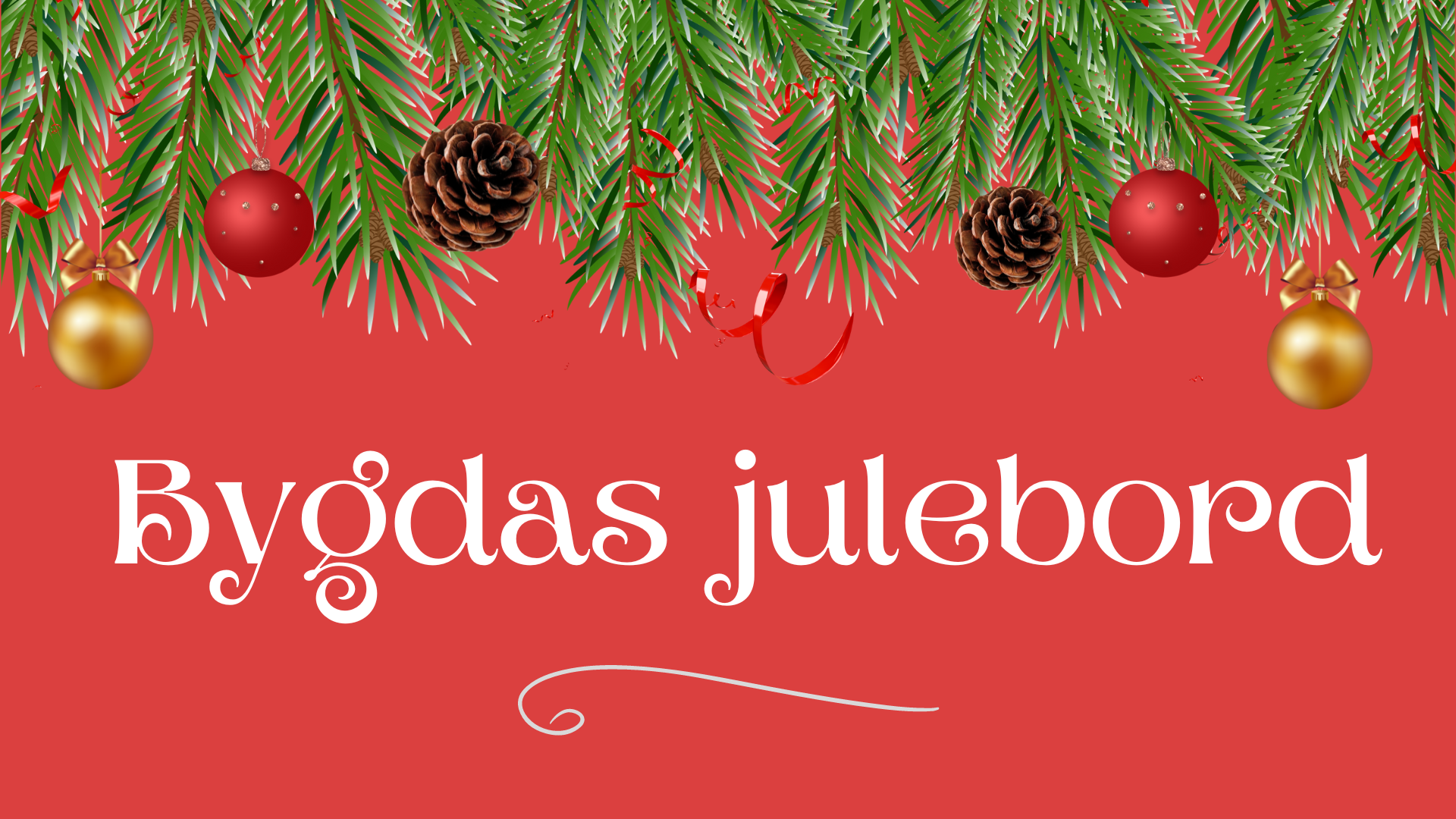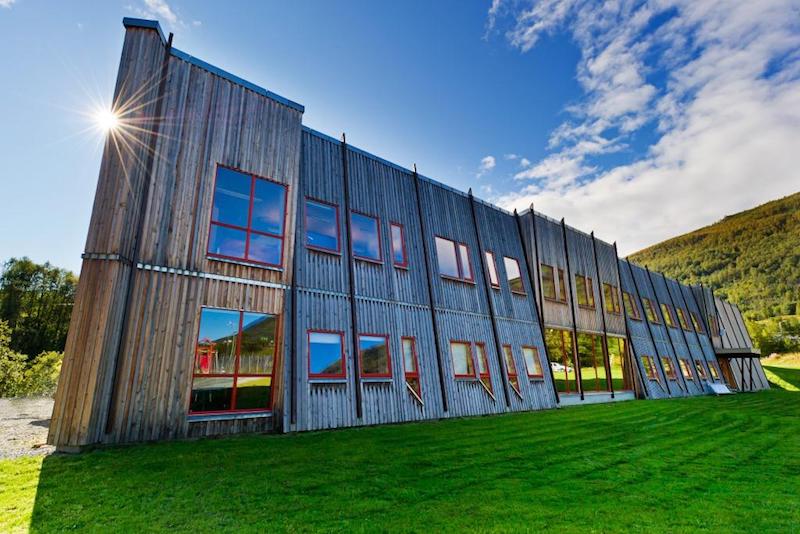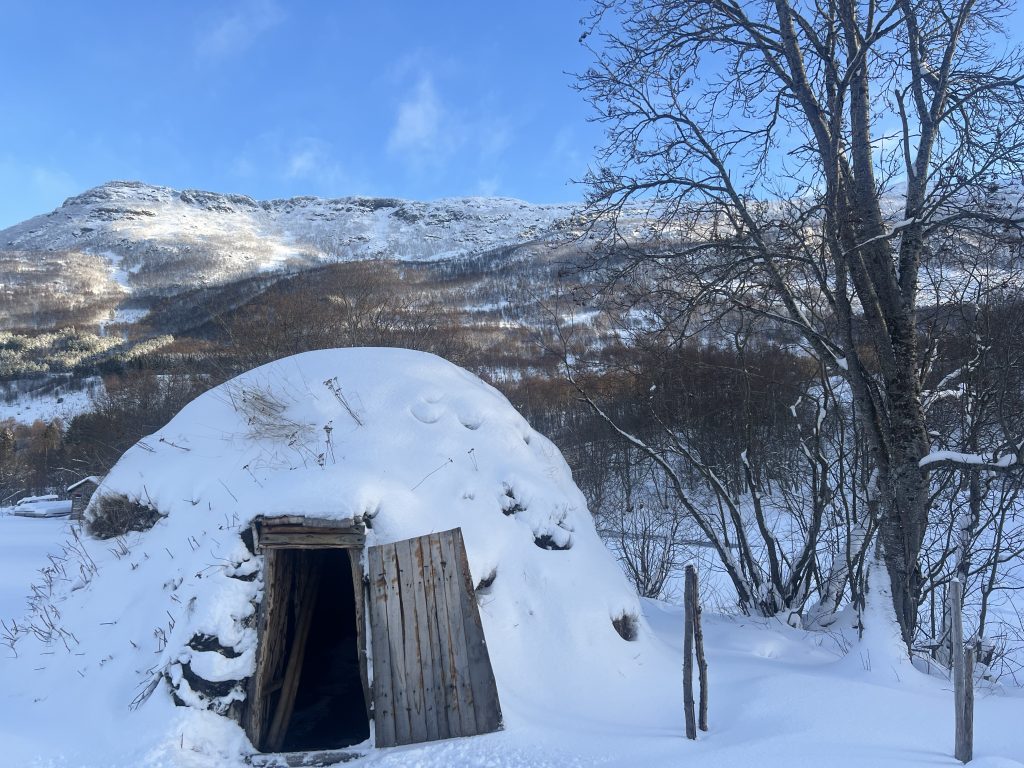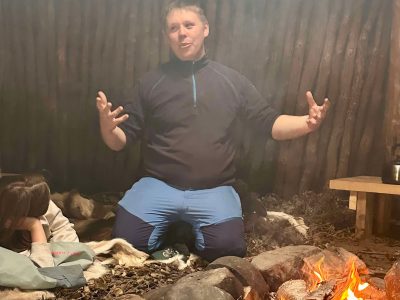
Håvard Larsen – A Life as a Duojár
OPENING | Håvard Larsen – A Life as a Duojár
We cordially invite you to the opening of the exhibition “Håvard Larsen – A Life as a Duojár” – a deep dive into a rich and diverse artistry!
Duodji (traditional Sami craft/art) is in focus as we celebrate the work of Håvard Larsen, a master in his field. The exhibition shows the breadth of his work, from intricate everyday objects to expressive art duodji, and reflects on a life dedicated to Sami tradition and innovation.
This is a unique opportunity to experience the historical depth and artistic finesse that lies in Håvard Larsen’s work.
✨ Practical Information ✨
Opening date: Saturday, December 6, 2025
Opening: 4:00 PM
Location: Center for Northern People
Entrance: Free
Program:
2:00 PM – The café is open with the opportunity to buy coffee, cakes, mulled wine and salted meat stew.
4:00 PM – Official opening / Vernissage of the exhibition with light refreshments and artist talk
5:00 PM – Christmas concert with KvääniÄänii and Kåfjordkoret.
We look forward to seeing you and sharing this celebration of duodji with you!

